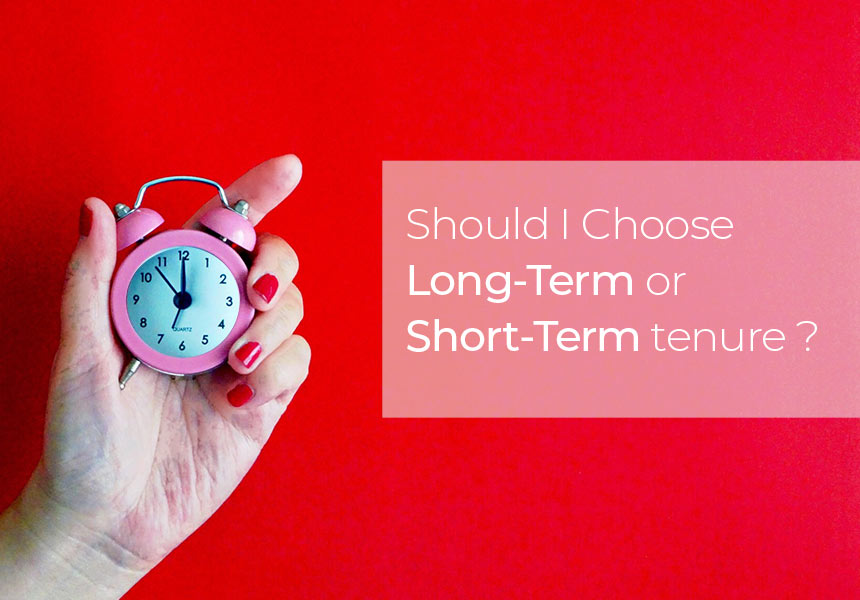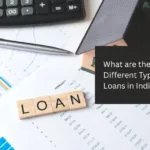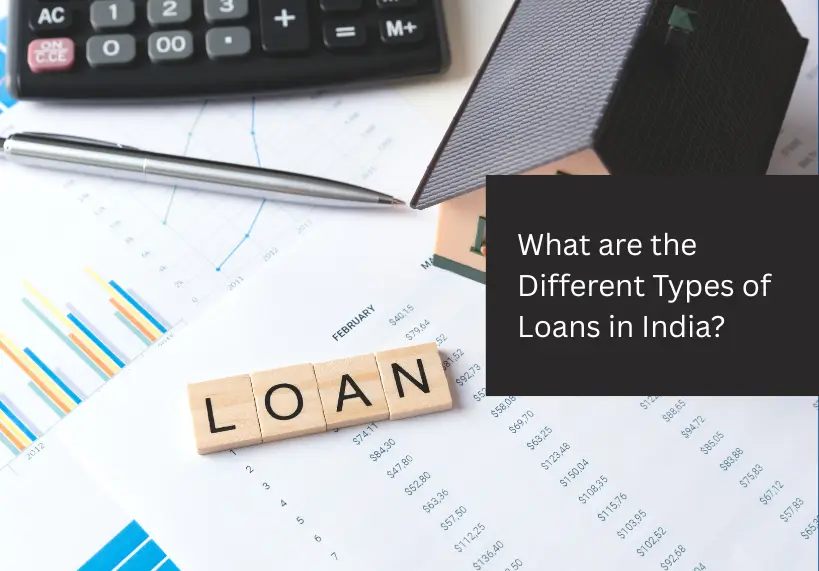
It has become easier to rely on personal loans to cover your immediate needs as they are easily available online as well as offline. They can be obtained hassle-free with minimum documentation. Some banks provide pre-approved personal loan for salaried individuals. The rates of interest vary from lender to lender, based on your eligibility. You can obtain funds between INR 25,000 and INR 10,00,000 lakhs depending on your credit worthiness. Most new age lenders offer repayment flexibility to their borrowers with minimal or no foreclosure charges.
What different loan tenures can you avail?
We can segregate the loans into two categories based on the tenure of the loan. Let us understand their features in detail:
- Short-term loans These loans come with a repayment tenure of 24 months or less. These loans work well for people who are looking to get immediate money of a a small amount. These are unsecured loans that do not require pledging of any asset. Also, these loans are disbursed with minimum documentation. You can easily obtain a short-term personal loan online with any leading digital lender. Since the tenure of the loan is less, the rate of interest may be higher.
- Long-term loans These loans come with a repayment tenure of 24-60 months in case of personal loans. For other forms of loans, the tenure could go as high as 30 years (home loans). These loans are more suited to meet your long-term needs and needs of higher value. They may or may not require pledging of security depending on the discretion of the lender. As such, the interest rate of longer tenure loans is lower than that of shorter tenure loans, and you can try negotiating with the lender for a better interest rate for long-term loans.
What are the differences between long-term and short-term loans?
Both types of loans have their own pros and cons. Your specific requirements will help you decide the kind of loan that is most suited to your needs. Below is a comparison of these two types of loans. Using this information, you can decide the type of funding you want. Identify your needs, prepare a budget, compare the available products, and then zero in on your loan.
| FACTORS | SHORT-TERM LOAN | LONG-TERM LOAN |
| Tenure | These loans have a tenure of less than or equal to 24 months | These loans have a tenure of more than 24 months. For personal loan the tenure can vary from 24 months to 60 months |
| Interest rate | These loans may come with a higher rate of interest as the tenure is shorter. | These loans carry a lower rate of interest as the loan is spread over a longer period. |
| Documentation | The documentation is minimal. | The lender may require additional documents in case of long-term loans |
| Collateral | No security or collateral is required. | If the lender is not convinced of your ability to repay the loan, you may be asked to provide a collateral or a guarantor as a security against your loan. |
| Specific needs | Short-term loans are suited to cover your short-term needs of lesser amount. | Long-term loans are suited to meet your long-term needs which involve huge amount. |
| Accessibility | Short-term loans are easily accessible online. You can obtain the funds in 24-36 hours. | These loans are accessible online as well as in banks.. |
| EMI Amount | Short-term loans have higher EMIs because the repayment tenure is less than 24 months. | Here the instalments are spread over a number of months, so the EMI amount payable each month is lower. |
| Restrictions on fund usage | There is no restriction on where you can use the borrowed money. | You can use the funds as and where you like. No restriction on usage of funds. |
| Examples | Wedding loan, Travel loan, Credit card Takeover loan, Advance Salary loan | Home loan, Personal Term loan, car loan |
Which loan should you choose?
- When you choose short-term loans, the total amount of interest paid is lower than long-term loans. Therefore, if you are looking to finance your needs at a lower interest rate and can pay higher EMI, opt for a short-term loan as you end up paying less as compared to a long-term loan.
- If you have a limitation on the monthly repayment, then you must opt for long-term loans as an extension in tenure will reduce the EMI.
- If you are looking for a small amount, then short-term loans are apt but when the requirement of funds is large then long-term loans are more suited.
Long-term loans are better for your credit records as the loan is spread over a long period, thus, making the EMIs affordable to pay. Timely serviced loans result in a positive impact on credit scores.
Try the personal overdraft facility as an alternate option –
Personal overdraft is a form of credit that provides cash on the move. The functionality of an Overdraft facility is like that of a credit card. You can make multiple withdrawals as an when required and you get an option to repay depending on the availability of funds. You pay interest only on the amount and for the number of days you utilize it.. Once the application is processed and your eligibility checks are positive, the amount is credited to your account. You can obtain an amount ranging from INR 1,00,000 to 10,00,000 based on your creditworthiness. The major advantages of personal overdraft are:
- The processing and disbursal are quick and hassle free.
- Minimum documentation is required.
- No high EMIs.
- Flexible repayment options are available. You pay interest only when you withdraw.
- The interest rates are comparatively lower than credit cards and short-term loans.
- You can make multiple withdrawals. Interest is applicable only on the amount you withdraw and only for the number of days you use the funds.
Conclusion
There are multiple financing instruments available in the market, each one with different features and benefits. Thus, it is imperative that you choose wisely depending on the need and affordability of loan.







